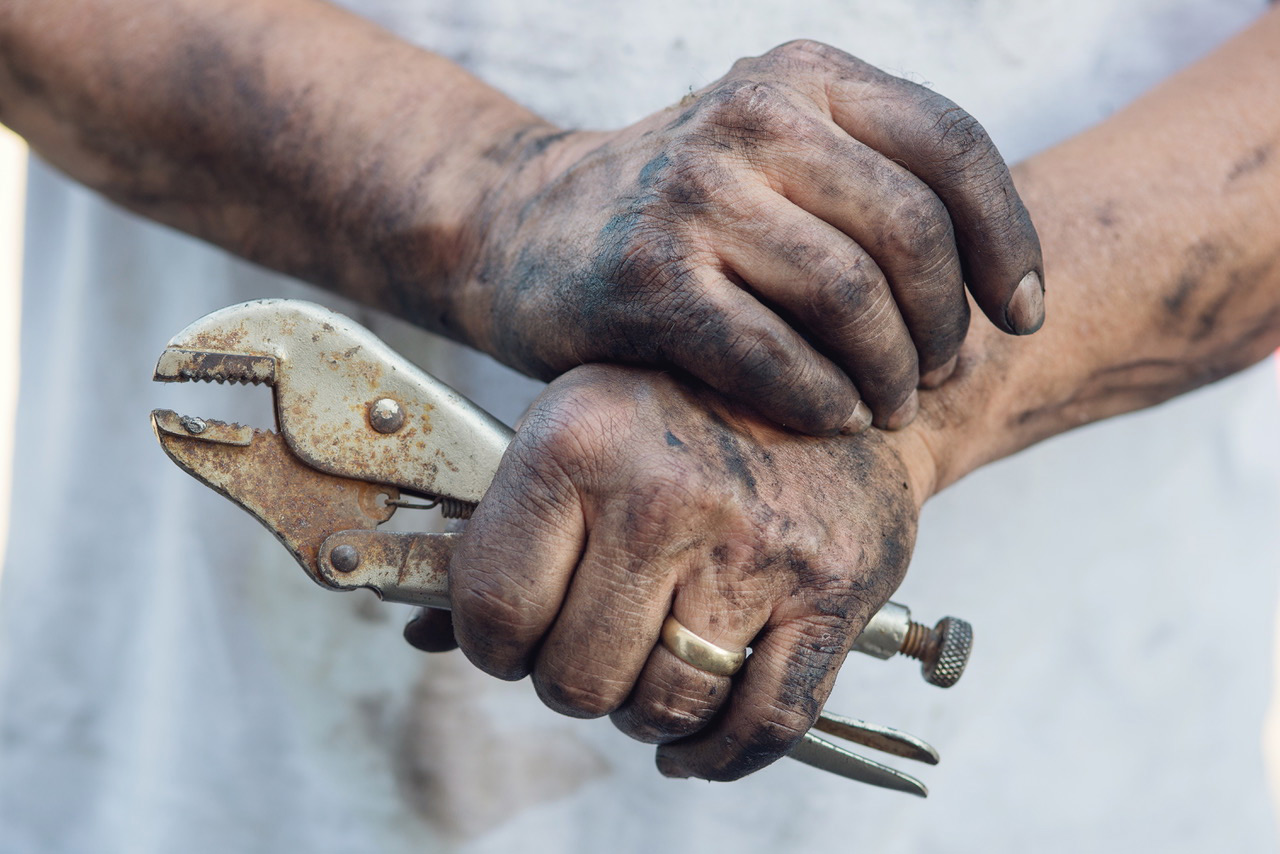
Shirtsleeves to Shirtsleeves: Why Most Family Wealth Doesn’t Last — and What You Can Do About It
There’s a saying heard in various forms in most cultures: “Shirt sleeves to shirt sleeves in three generations.”
And while the wording changes depending on where you are — in Japan it’s “rice paddies to rice paddies,”dalle stalle alle stelle alle stalle” (from the stables to the stars and back again) — the story is always the same:
One generation builds it.
The next keeps it going.
The third… loses it.
It’s a phrase that shows up again and again in family business circles — and for good reason. The statistics don’t lie:
- Only 30% of family businesses make it to the second generation
- Only 10–15% make it to the third
- A mere 4% survive into the fourth
Sobering, isn’t it?
But does it have to be that way? Of course not! But only if you’re willing to do the work.
The Pattern We All Know — and Too Few Interrupt
In my work over the past 18 years with family businesses across Australia, New Zealand and beyond, I’ve seen this pattern play out over and over.
- The First Generation is often the founder. The creator. They saw an opportunity, took a risk, worked hard, and brought something to life. They fought to survive and succeed. They built resilience, hunger, and discipline.
- The Second Generation — comes in usually when the business is now a mature business— it is out of the ‘start up’ mode. They’ve often grown up inside the business. They’ve heard the stories, worked their school holidays, and have a deep emotional connection to the company and its legacy. They may continue the business, but it’s a different beast— often their challenge is diversification and evolution.
- And then comes the Third Generation — the Cousin Generation. This is where things get tricky.
Unlike siblings, cousins don’t always have the same closeness or shared experience. There can be big differences in values, involvement, and identity. Some cousins may be involved in the business, others might have almost nothing to do with it. They may not live anywhere near the business. If we don’t build the glue and identify, what felt like one unified family in the previous generation becomes a loose network of quite different households.
That’s where the “shirtsleeves” start to creep back in. If the cousin generation has no connection with the wider family and the business, then it is very easy to just not bother. If there is no connection, no relationship and no meaning, what is the point..?
So How Do You Break the Pattern?
The answer isn’t simple. But it is clear:
You build the glue.
Glue is my shorthand for what holds a multi-generational family business together — the shared sense of identity, purpose, and values. And like any good adhesive, it takes time to set.
Here’s what I’ve seen work:
✅ Start early.
Cousins who know each other as kids are far more likely to work together as adults. Bring them together regularly — not just for holidays, but for shared experiences and conversations about what the family stands for.
✅ Create a strong values foundation.
It’s not about forcing everyone to think the same — it’s about finding the common ground that gives the family and the business a sense of identity.
✅ Respect the differences.
Each sibling family will raise their kids differently. That’s reality. The goal isn’t uniformity — it’s connection. Find ways to align without controlling.
✅ Establish governance — for the family, not just the business.
Things like a Family Charter or Family Council aren’t about red tape. They’re about clarity, fairness, and a critical forum for conversations that otherwise get buried or just not had. Both the Board and the Family Council are incredibly learning grounds for the Next Generation, they get to see how things really get done, the issues that are being dealt with and learn vital family and business skills.
What Stops Families From Acting?
- Avoidance: If there’s no connection then what is the point? Why should we bother?
- Fear: Founders fear letting go; next gens fear not measuring up.
- Fantasy: Believing “we’re different” without doing anything different. That we can just rely on “love and luck”!
Breaking the cycle means naming these dynamics and dealing with them—openly, respectfully, and repeatedly.
It Takes Work — But It’s Worth It
I’ve seen what happens when a family doesn’t actively plan for the Cousin Generation. Some just drift away, some feel jealous that they’re not involved, fairness starts to go out the window and tensions build. Communication and relationships start to break down. Connection goes.
But I’ve also seen the opposite.
I’ve worked with families where the fifth or even sixth generation are deeply engaged — not just in the business, but in the legacy. They can recite the family values as easily as their own job title. They feel a sense of stewardship, not just entitlement.
That doesn’t happen by accident.
It takes intention, active planning, structure, and a whole lot of conversations.
Final Thought: Be the Generation That Changes the Pattern
If you’re reading this, maybe you’re the first generation. Maybe you’re the second or third. It doesn’t matter. What matters is this:
Be the generation that breaks the cycle.
The “shirt sleeves” story isn’t a prophecy. It’s a warning. And with the right mindset, it can be the wake-up call your family needs to thrive beyond three generations.
You can write a different story.
Start now.


